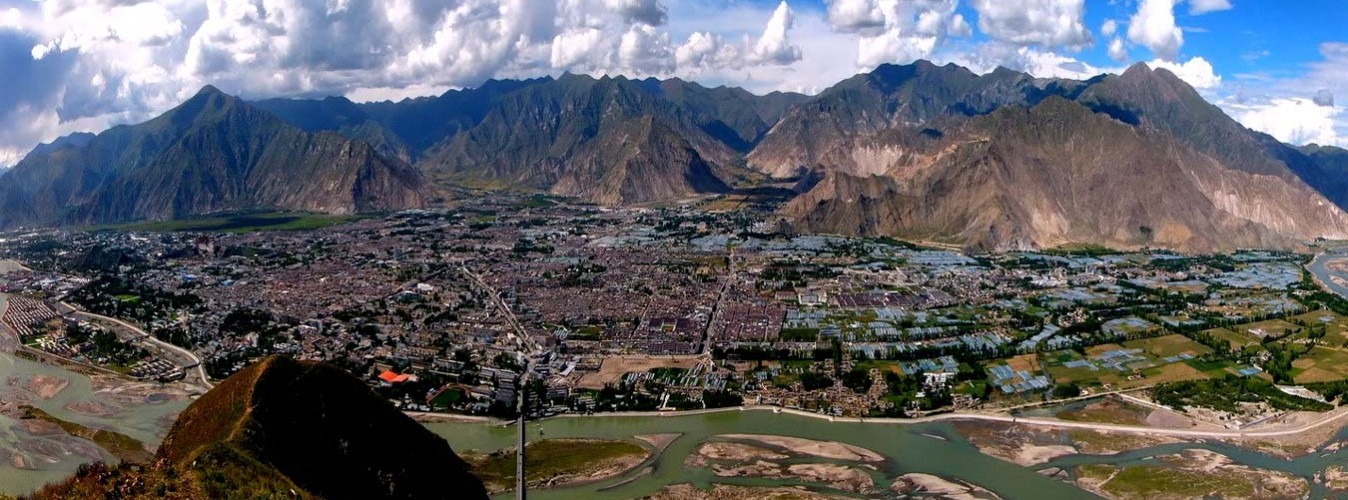
(TibetanReview.net, Feb17’16) – Despite criticisms, China is building a series of six dams along a 20-kilometre stretch of Lhasa’s Kyichu river, a tributary of the Yarlung Tsangpo (Brahmaputra in India), to create artificial lakes for tourist attraction, reported the voanews.com Feb 15. The project, known as the Lhasa River Project (LRP), was launched in 2013 to promote tourism as well ostensibly as to “improve water quality, prevent sandstorms and create a ‘green environment’.”
But critics such as Professor Fan Xiao, a Chinese geologist with the Sichuan Geological Society, have questioned the justifications used to dam the river even as a tourist attraction.
Tibet’s tourism industry, he has said, shouldn’t require an engineered landscaping project. “The main attraction of Tibet is the ethnic culture and natural scenery,” he has said. “It’s not about building an artificial lake, which affects the environment. It affects the local people as well, since the rising water level will cause [flooding] in certain areas, including farms.”
Besides, Fan, a former chief engineer at the Sichuan Bureau of Geology and Mineral Society, has told VOA’s Tibetan Service, “Dams can slow down the river flow and damage the water quality.” And “the water environment capacity will decrease and more easily be polluted … flowing water is much better than still water.”
The Kyichu river is a primary source of irrigation and drinking water for Tibetan farmers in nine counties, many of which have already been affected by the previous construction at over $1 billion of two major hydropower dams northeast of Lhasa: in Lhundup and Maldro Gungkar counties.
Of these two hydropower dams, the Drikung (Chinese: Zhikong) Hydro Power Station has been operational since 2006, while Phudo (Pangduo) Hydro Power Station — also known as “Pangduo Water Control Project” and described by official media as “Tibetan Three Gorges Dam” — began operation in 2014. In 2013, China Central TV quoted local officials as saying these two massive dams, representing the largest engineering project undertaken in the Tibetan Autonomous Region since the 1950s, had significantly reduced water levels and stranded fish, said the voanews.com report.



More dams in an area of high seismic activity? What could go wrong?